Centrum dokumentacji
Kompleksowe instrukcje techniczne i przewodniki, które pomogą Ci opanować obsługę maszyn HARSLE i zoptymalizować wydajność obróbki metali
Jak wybrać odpowiednią giętarkę do rur dla swojej firmy?
When it comes to tube fabrication, selecting the Right Tube Bending Machine is one of the most important decisions you can make for your workshop or factory. The right choice determines not only bending accuracy but also production speed, maintenance costs, and long-term reliability. In this guide, I’ll walk you through how to identify the best tube bender for your specific needs, what factors matter most, and how to avoid common mistakes that could cost you time and money. Whether you’re running a small custom shop or managing large-scale metal production, this article will help you make a confident and informed decision.
Understanding Tube Bending Machines
Before choosing a right tube bending machine, it’s essential to understand the different types of tube benders available and their intended applications.
Maszyny do gięcia rur CNC
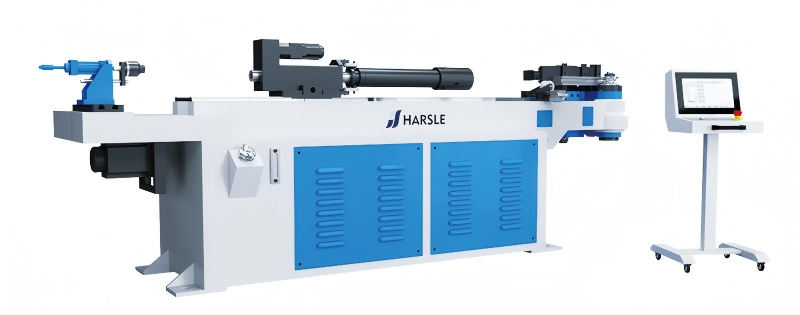
CNC (Computer Numerical Control) tube benders are designed for high precision and repeatable accuracy. They are ideal for industries like automotive, aerospace, and furniture manufacturing, where complex bending geometries are common. These machines automatically control the feeding, rotation, and bending angles, minimizing human error and improving consistency.
Giętarki do rur NC
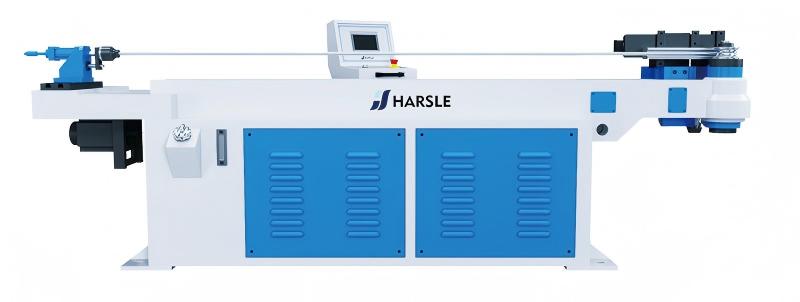
NC (Numerical Control) benders offer semi-automatic operation, balancing cost and efficiency. The operator manually positions the material, and the system executes programmed bending angles. They’re a perfect choice for medium production runs or workshops looking to upgrade from manual machines.
Manual Tube Benders
Manual benders are best suited for small workshops or prototype production. They are affordable and simple to use but require more operator skill and time to achieve consistent bends. They’re suitable for thin-wall tubes or less complex bending applications.
Key Factors to Consider When Choosing the Right Tube Bending Machine
Selecting the Right Tube Bending Machine requires a careful evaluation of your production needs, material characteristics, and technical requirements. Below are the most important factors that will help you make an informed investment decision.
1. Material Type and Wall Thickness
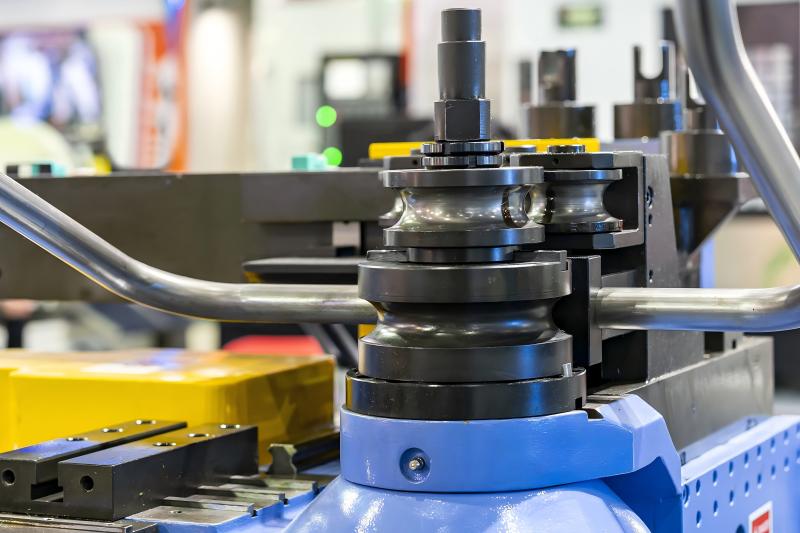
The first thing to determine is what kind of tube you’ll be bending. Common materials include stainless steel, carbon steel, aluminum, and copper. Each metal behaves differently under stress—stainless steel requires higher bending force, while aluminum is softer and more prone to deformation.
Also, check the wall thickness of the tube: thin-walled tubes may wrinkle or flatten if the bending radius is too tight or the pressure is excessive. Always ensure that the machine’s tonnage and tooling are suitable for the specific material and dimensions you work with.
2. Bending Radius and Accuracy
Precision is essential in tube bending, especially for components used in industries such as automotive, aerospace, and HVAC. The Right Tube Bending Machine should allow you to set and maintain exact bending radii with minimal spring-back. CNC-controlled systems use servo motors and feedback sensors to guarantee repeatability and consistency, even over long production runs.
3. Production Volume and Automation Level
Your daily production volume plays a major role in selecting the correct machine.
- Dla high-volume production, A Giętarka do rur CNC with automatic feeding, rotating, and multi-stack bending capabilities will significantly increase efficiency.
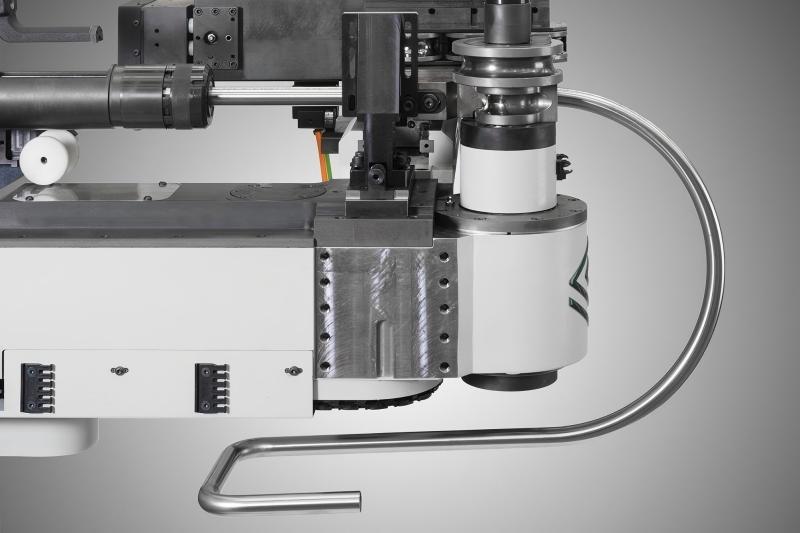
- Dla medium or low-volume operations, an NC tube bender offers a balance between precision and cost.
- Dla prototyping or custom work, A manual bender may be sufficient.
Matching the machine’s automation level to your output goals ensures optimal return on investment.
4. Machine Control System and Software
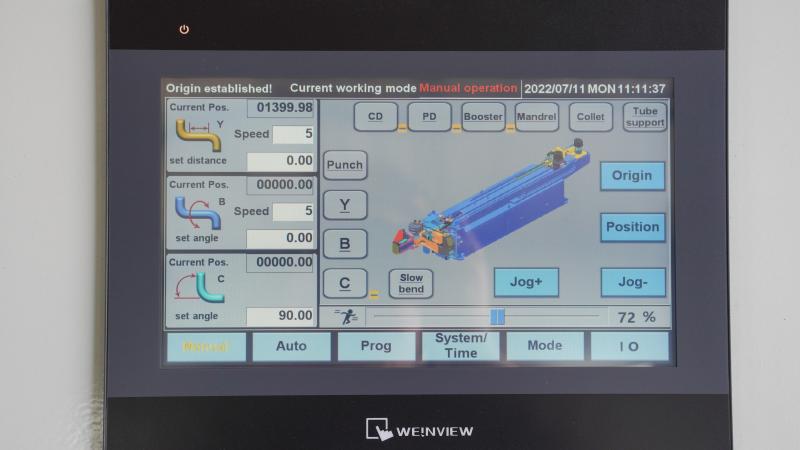
Modern tube benders often feature intuitive control interfaces and programmable systems that store multiple bending programs. Look for models with 3D simulation software to visualize the bending sequence and detect potential collisions. Advanced systems also provide real-time diagnostics, error alerts, and data connectivity for smart factory integration.
5. Tooling Flexibility and Setup Time
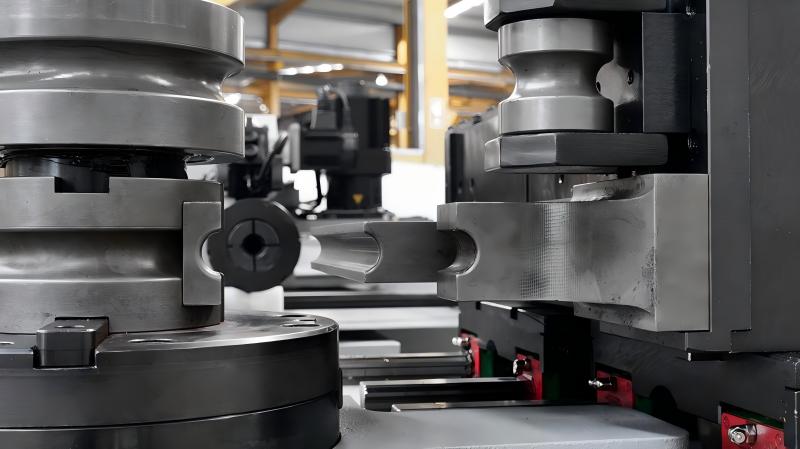
Different tube sizes and shapes require corresponding mandrels, dies, and clamps. Choosing a machine with quick-change tooling or modular die systems can greatly reduce setup time. If your business handles diverse projects, investing in a versatile machine that supports multiple tooling configurations is a wise choice.
6. Maintenance and Durability
A reliable right giętarka do rur should be built for longevity. Check whether the frame structure is rigid, the hydraulic components are from reputable brands, and the lubrication system is easy to maintain. Regular inspection and timely replacement of consumables will help you extend the machine’s service life and ensure consistent bending performance.
7. After-Sales Support and Spare Parts
Even the best machines need occasional service. Choose a manufacturer or supplier who provides comprehensive after-sales support, including remote troubleshooting, spare parts availability, and technical training. HARSLE’s professional engineering team, for example, ensures that every customer receives full guidance from installation to operation.
8. Cost vs. Long-Term Value
While the initial purchase price matters, long-term efficiency and reliability are even more important. A high-quality CNC bender may cost more upfront but will save you money over time through faster cycle speeds, lower scrap rates, and reduced labor costs. Always consider the total cost of ownership rather than just the sticker price.
How to Match the Machine to Your Business Needs
Selecting the Right Tube Bending Machine isn’t just about technical specifications — it’s about aligning the machine’s capabilities with your company’s production goals, workload, and budget. Understanding your business size, typical projects, and future expansion plans will help you make the smartest investment and maximize productivity.
1. For Small Workshops or Startups
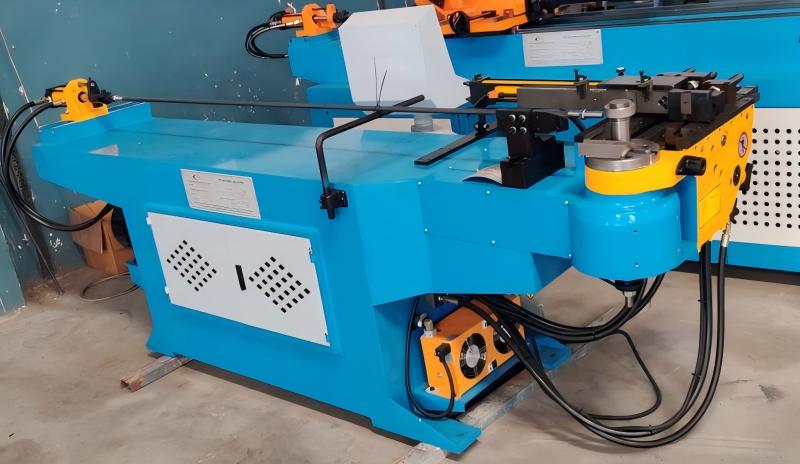
If you run a small fabrication shop or are just starting out, your main priorities are flexibility and affordability. An Giętarka do rur NC is an excellent choice in this case. It offers semi-automatic control, allowing operators to adjust angles and feeding manually while still benefiting from programmed accuracy. NC benders are perfect for low-to-medium production runs, short batches, and varied product types. They require less investment than CNC machines but still deliver consistent, high-quality results.
2. For Medium-Sized Manufacturers
For companies that produce multiple parts daily but don’t require full automation, an advanced NC or entry-level CNC bender is ideal. These machines provide a balance between cost and performance, with faster setup times, improved repeatability, and digital control systems for accurate programming. They can handle moderate workloads while maintaining flexibility for different materials and tube sizes.
3. For Large-Scale or Mass Production Facilities
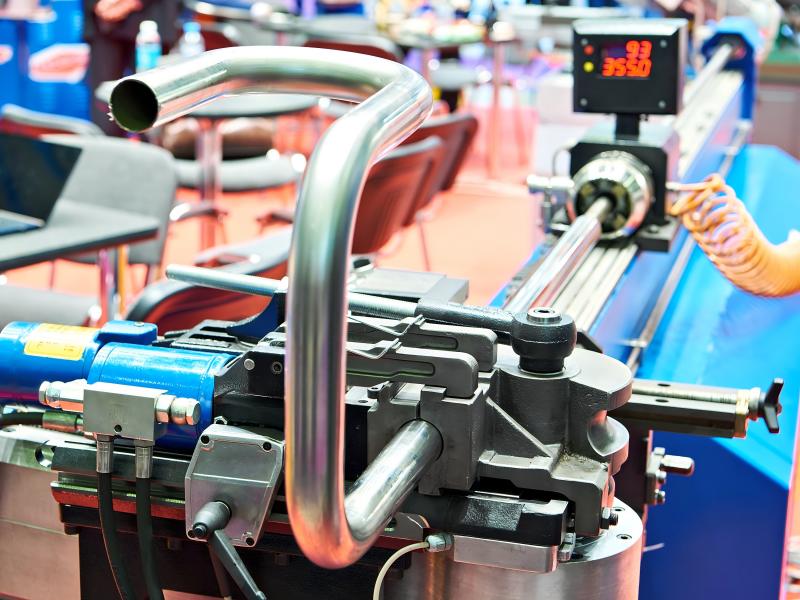
If your business focuses on high-volume production and tight tolerances — such as in the automotive, aerospace, or furniture industries — a Giętarka do rur CNC is the right investment. Fully automated models with multiple servo axes and intelligent software can execute complex bending sequences with precision and repeatability. They reduce operator involvement, minimize errors, and deliver significant time savings in long production runs. Integration with offline programming or CAD-CAM systems further enhances productivity.
4. For Custom or Prototype Fabrication Businesses
If your work involves frequent design changes or one-off parts, flexibility is key. A CNC bender with 3D simulation software allows you to create, test, and modify bend programs quickly. This feature helps you preview the bending process, detect possible collisions, and adjust parameters in real time, reducing waste and improving turnaround speed.
Common Mistakes Beginners Should Avoid When Selecting a Tube Bender
- Ignoring Material Properties: Not accounting for the elasticity or spring-back of different metals can lead to inaccurate bends.
- Overlooking Maintenance Needs: Machines without proper lubrication systems or easy access panels may require more downtime.
- Focusing Only on Price: Cheaper models may seem attractive but often lack precision, durability, and technical support.
- Underestimating Future Demand: If you plan to expand production, choose a machine with scalable control software and spare automation capacity.
Często zadawane pytania
What’s the main difference between CNC and NC tube bending machines?
CNC machines are fully automated and can store multiple programs, offering higher accuracy and consistency. NC machines are semi-automatic, requiring more operator input but providing a good balance between performance and cost.
How can I ensure long-term accuracy in my tube bending process?
Regular calibration, proper lubrication, and using high-quality tooling are key. CNC benders with feedback systems automatically correct deviations during operation to maintain precision.
Jakich czynności konserwacyjnych wymaga giętarka do rur?
Routine maintenance includes cleaning the bending head, lubricating moving parts, checking hydraulic oil levels, and inspecting sensors or cables. Perform a full inspection every 500 operating hours.
Can one machine bend different tube diameters?
Yes, most modern machines support interchangeable tooling sets. However, always confirm the machine’s maximum and minimum bending capacities with the manufacturer.
Wniosek
Wybór Right Tube Bending Machine means balancing precision, cost, and production efficiency based on your business goals. Understanding your materials, production volume, and accuracy requirements will guide you toward the best decision. Whether you choose a CNC, NC, or manual model, investing in a reliable machine ensures long-term value and consistent quality.
If you’d like professional advice or want to explore HARSLE’s full range of tube bending solutions, contact our engineering team today — we’ll help you find the perfect match for your application.













